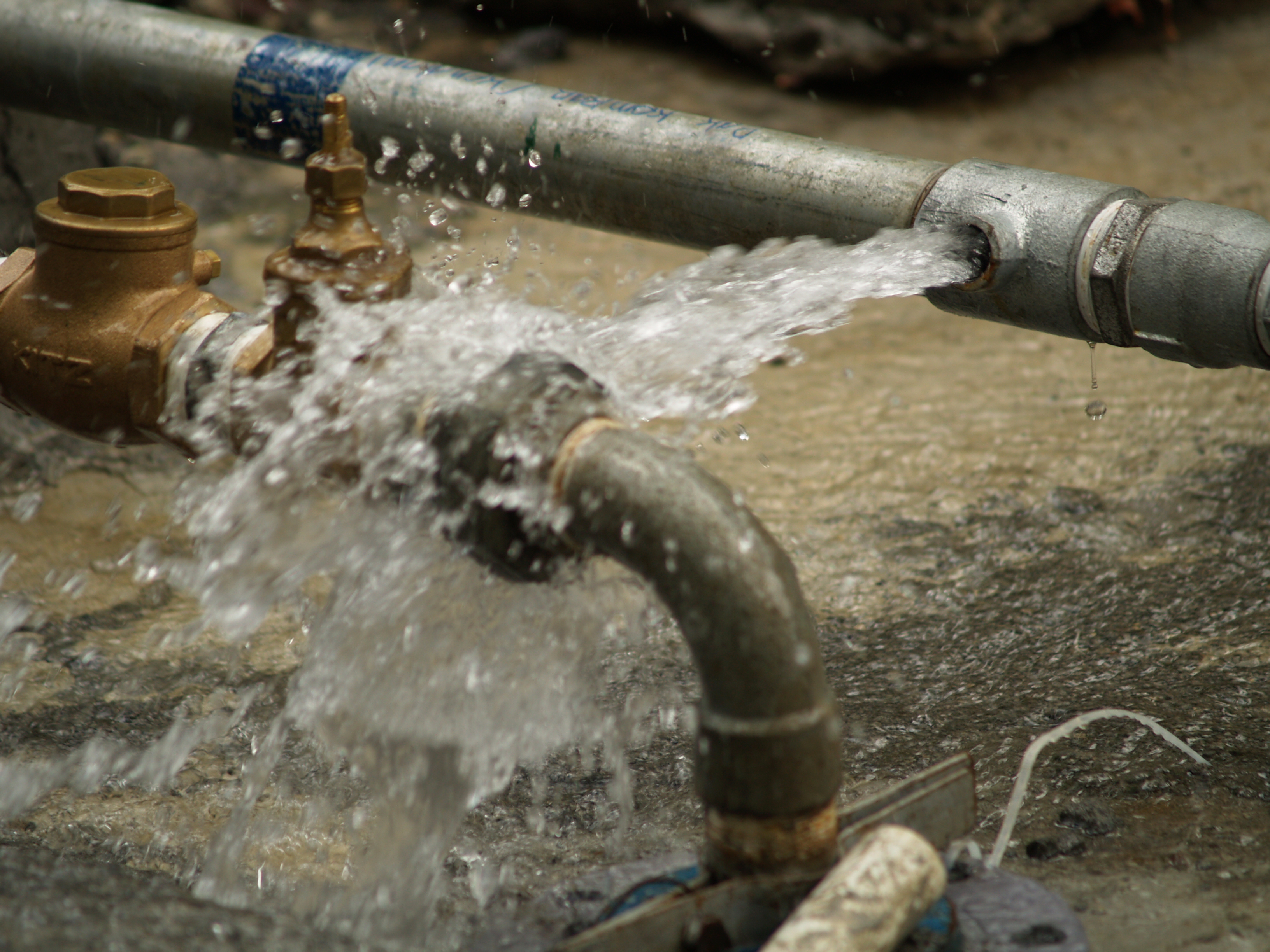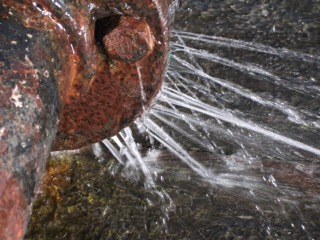Quick-Response Plumbing: Tips for Identifying and also Repairing Burst Pipes
Quick-Response Plumbing: Tips for Identifying and also Repairing Burst Pipes
Blog Article
The article below on the subject of How to install a dishwasher safely is amazingly enjoyable. Try it and draw your own assumptions.

A burst pipeline is a significant emergency; you can only stand as you enjoy water you pay a lot to reunite with the planet. In even worse instances, you notice a pool on your kitchen area flooring, which is a great trip risk, particularly if you have youngsters around. If the pipeline that ruptured was in your walls, problem: you may require to paint that whole area.
How can a calamity like a burst pipe be stopped and also taken care of? Well, by paying attention to your professional emergency plumbings and following these guidelines.
Exactly how do I understand when my pipelines have ruptured?
Changing water stress
Pipelines do not simply burst in a day. You might have seen that your cooking area faucet or shower does not run quickly when you turn the faucet. It might stop for a couple of secs and afterwards blast you with even more pressure than common.
In various other circumstances, the water might appear typical at first, then drop in stress after a couple of secs.
Infected water
Many individuals think a ruptured pipeline is a one-way outlet. Rather the contrary. As water flows out of the hole or gouge in your plumbing system, contaminants discover their way in.
Your water may be polluted from the source, so if you can, inspect if your water storage tank has any type of issues. Nevertheless, if your drinking water is supplied as well as cleansed by the city government, you ought to call your plumber instantly if you see or smell anything funny in your water.
Puddles under pipes and also sinks
When a pipeline ruptureds, the discharge develops a pool. It may show up that the pool is growing in size, and also despite the amount of times you wipe the pool, in a few minutes, there's another one waiting to be cleaned. Often, you might not have the ability to map the puddle to any visible pipelines. This is an indicator to call an expert plumber.
Wet walls as well as water stains
Before a pipeline ruptureds, it will leak, most times. If this relentless dripping goes unnoticed, the leak might finish into a wide gash in your pipeline. One simple way to avoid this emergency is to keep an eye out for damp walls ad water discolorations. These water stains will certainly lead you right to the leak.
Untraceable dripping sounds
Pipe ruptureds can happen in one of the most unpleasant areas, like within concrete, inside wall surfaces, or under sinks. When the house goes quiet, you may have the ability to hear an irritatingly persistent trickling noise. Also after you have actually checked your shower head and also kitchen area tap, the trickling may proceed.
Precious reader, the trickling may be coming from a pipeline inside your walls. There isn't much you can do concerning that, except inform a professional plumber.
Turn up the Warmth
Set up followers to blow warm right into chilly areas. Keep the garage door shut. If you have decreased water circulation, heat one of the most vulnerable pipelines (usually in basements and also crawl spaces or near exterior wall surfaces) with a hair clothes dryer. Leave the faucet on while you use heat. As you melt ice, the circulation will enhance. To stop pipes from freezing, shield your walls.
Begin Removing the Water
Grab the mop, pails and a shop vacuum cleaner to begin to eliminate the water since you absolutely don't want it saturating right into everything else in your home. And also, a quick tidy up will decrease the opportunities of something obtaining moldy.
What do I do when I find a ruptured pipeline?
Your water meter will continue to run also while your water wastes. To decrease your losses, find the main controls as well as transform the supply off. The water pipe are an above-ground structure at the edge of your home.
How to Fix & Detect a Leaking Pipe
How Do I Know if a Pipe is Leaking?
Leak detection tests can help you determine if your pipe has a leak. Even if you don’t see an apparent leak, you should still conduct leak detection tests regularly to save water and money—and prevent major damage to your home.
Water meter. It can be helpful to figure out what your usual water meter usage numbers are and then monitor them regularly. To monitor your meter, first, turn off all water faucets in your home. Check the meter and write down the numbers. In a few hours, check the meter again. If the numbers have changed, you have a leak. Water gauge. Use a water gauge to test your water pressure. Your showerhead should produce a certain amount of water pressure based on its model and design. If the pressure is lower than it is supposed to be for that specific showerhead, your home likely has a leak. Puddles. Look inside your bathroom, laundry, and kitchen sink cabinets. Puddles around the cabinets or around toilets, tubs, showers, and washing machines indicate the presence of a leaking pipe. You may also notice loose tiles, peeling or flaking paint, or mold caused by water accumulation. Napkin test. Even if you don’t see any puddles, you may still have a leak. You can test for water leaks in the bathroom, laundry, and kitchen by wiping below-sink connections with a napkin, paper towel, or piece of toilet paper. If it becomes damp, you probably have a leaking pipe under the sink. Discolored walls. Walls that are discolored—usually with brown or yellow stains—or bulging might mean that they have been impacted by water damage caused by a leaking pipe. Smell. A leaky pipe will create sitting water, and over time, that water may develop a musty smell. If your home smells musty, but you can’t locate the source, it may be due to a leak. Steps for Fixing a Leaking Pipe
A leaky drain can be remedied by tightening the pipe base, replacing the drain seal, caulking the rim, and tightening the pipe nut. Similarly, a leaking toilet pipe can be treated by tightening the packing nut. You may also need to replace the valve. A leaky faucet may just need tightening or replacement of the washers. If that doesn’t work, consider replacing your faucet. If your pipe has a hole in it, you may want to use a pipe leak sealer or pipe leak tape. This quick fix for water pipe leaks can also temporarily fix a copper pipe leak. https://www.ahs.com/home-matters/quick-tips/how-to-tell-if-pipes-are-leaking/

Hopefully you enjoyed reading our piece on What to Know Before Installing a Dishwasher. Thank you for taking the time to browse our article. Are you aware of another individual who is truly interested in What to Know Before Installing a Dishwasher? Please feel free to share it. We cherish reading our article about How to Install and Connect a New Dishwasher.
Details Here
Report this page